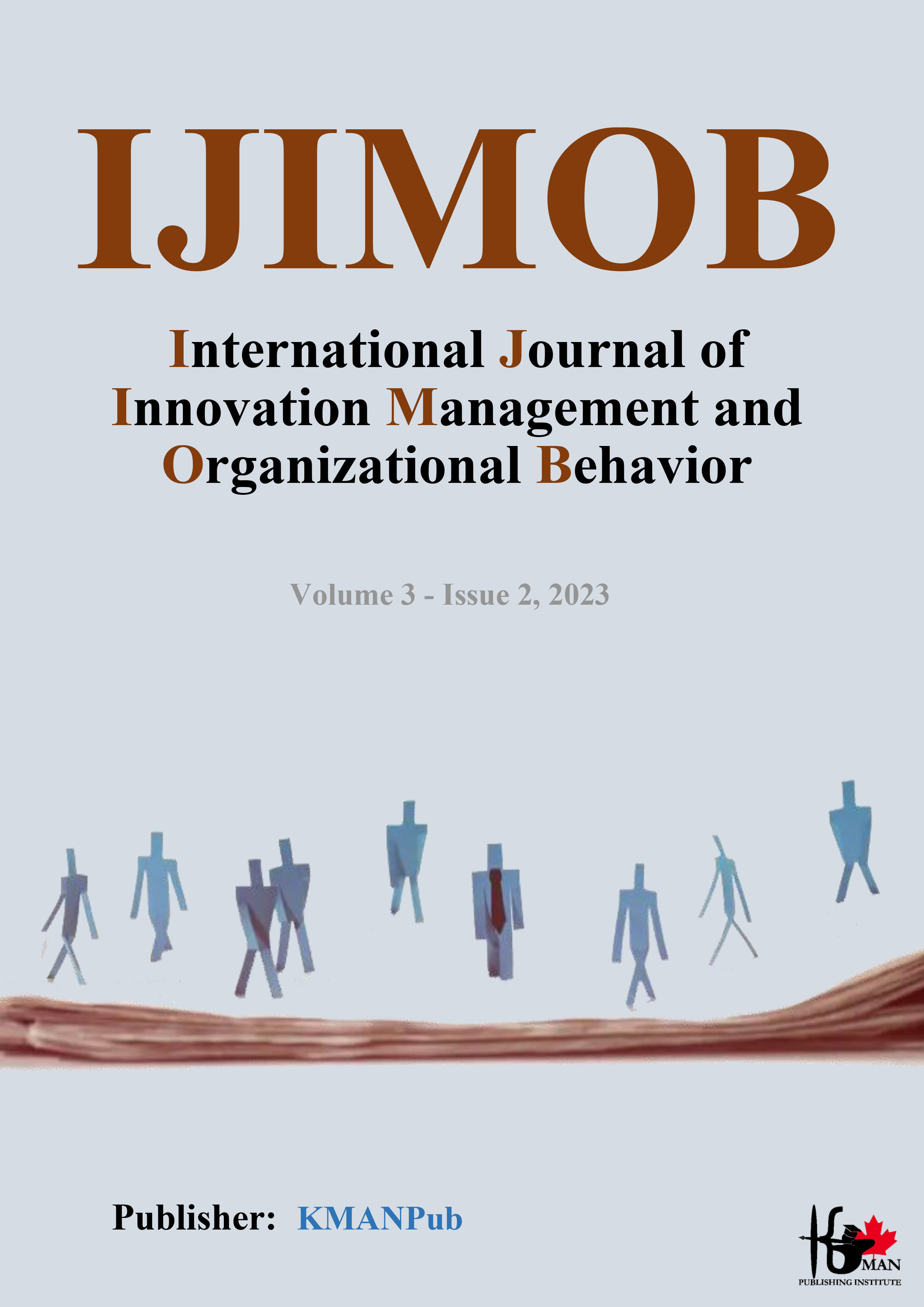Presenting a Model for Virtual Education Using Interpretive Structural Modeling Method at Farhangian University of Khorasan Razavi
Abstract
Objective: The primary goal of this research was to present a model for virtual education using the interpretive structural modeling method at Farhangian University in Khorasan Razavi.
Method: The current research methodology was qualitative and applied in nature. Participants included faculty members from Farhangian University in Khorasan Razavi, selected purposively with a sample size of 13 individuals. The research tool was semi-structured interviews, the validity of which was established through face validity, and reliability was determined by an agreement coefficient between coders, resulting in a 0.85 upon re-coding between the researcher and an external coder. Additionally, a researcher-developed questionnaire was designed based on qualitative findings and distributed among the sample members. Data analysis employed coding analysis, and for the initial stage of identifying factors, the interpretive structural modeling (SIM) method was used.
Findings: The findings indicated that the virtual education model consists of five levels and priorities, including: Level One: Futuristic Vision; Level Two: Targeted Educational Quality, Measurability, Support Services, Information and Content; Level Three: Accessibility, Knowledge Management, and Flexibility in Education; Level Four: Pedagogical, Technological Factors, and Organizational Factors; and Level Five: Integrated Management.
Conclusion: Based on this research, the board of trustees, policymakers, senior managers, and the central university planning organization can work towards improving virtual education at Farhangian University, specifically as a pilot in Farhangian University of Khorasan Razavi. The managers of this academic unit can create conditions to implement the findings of this research to enhance education, particularly virtual education at this university.
Downloads
Downloads
Additional Files
Published
Submitted
Revised
Accepted
Issue
Section
License
Copyright (c) 2023 Mohammad Delghandi, Mohammad Karimi, Hassan Nodehi, Moslem Cherabin (Author)

This work is licensed under a Creative Commons Attribution-NonCommercial 4.0 International License.
















